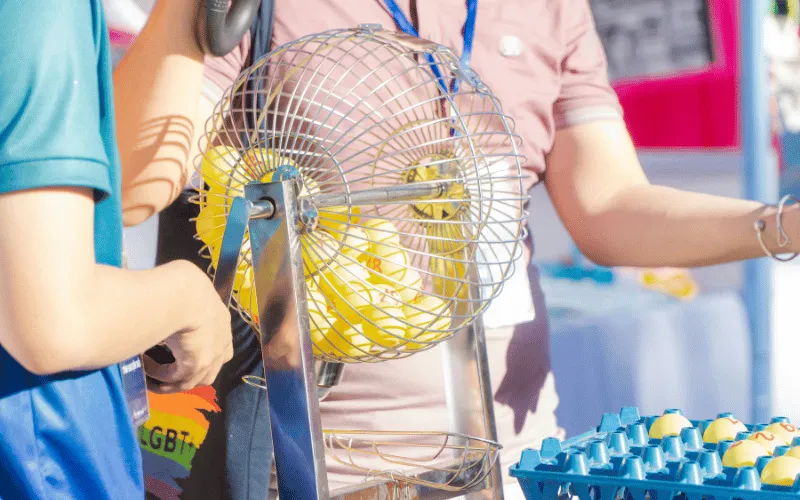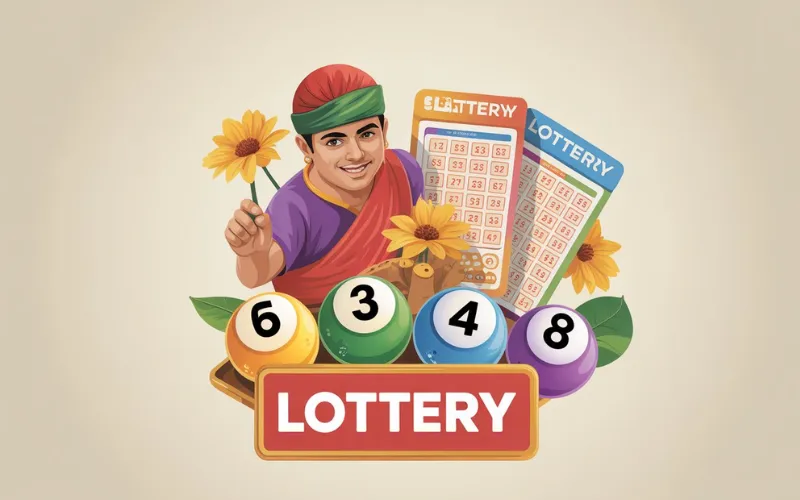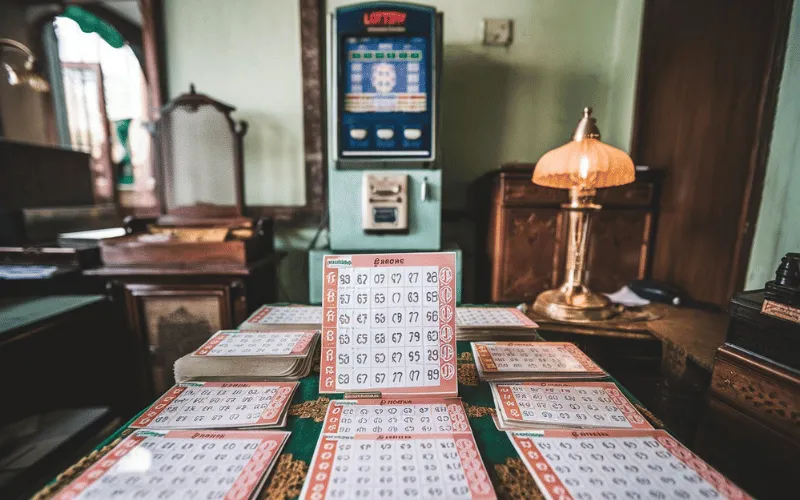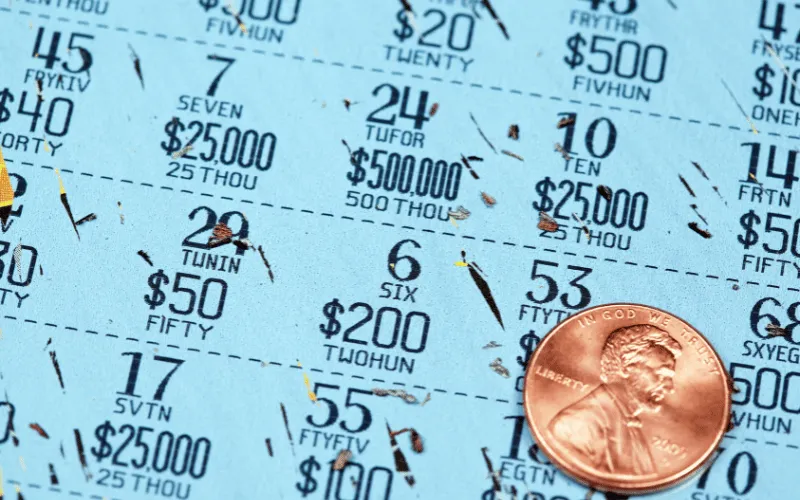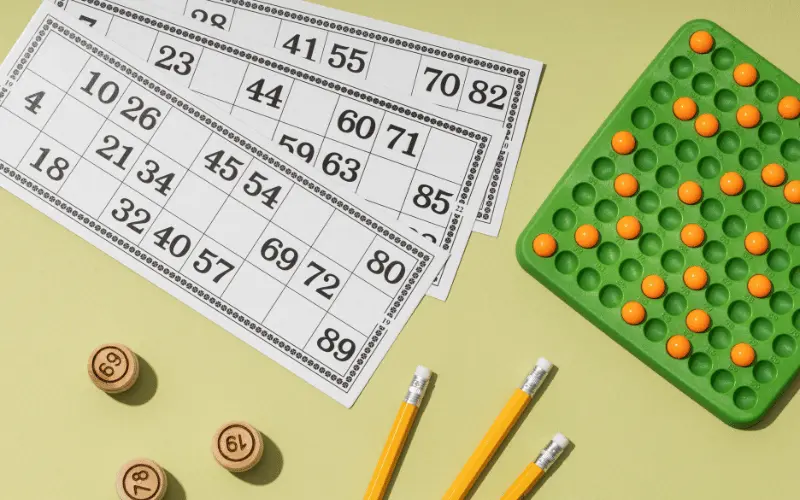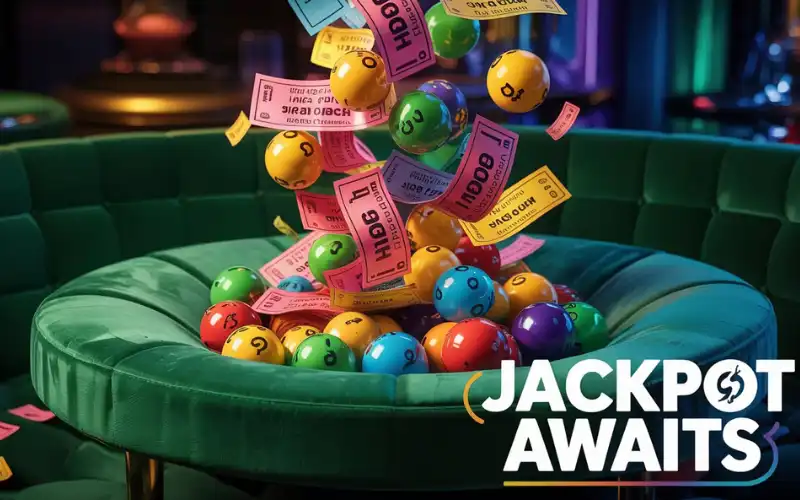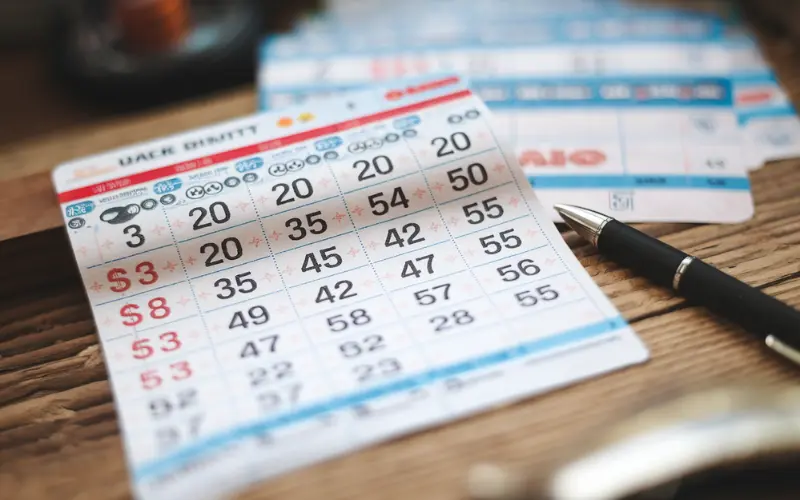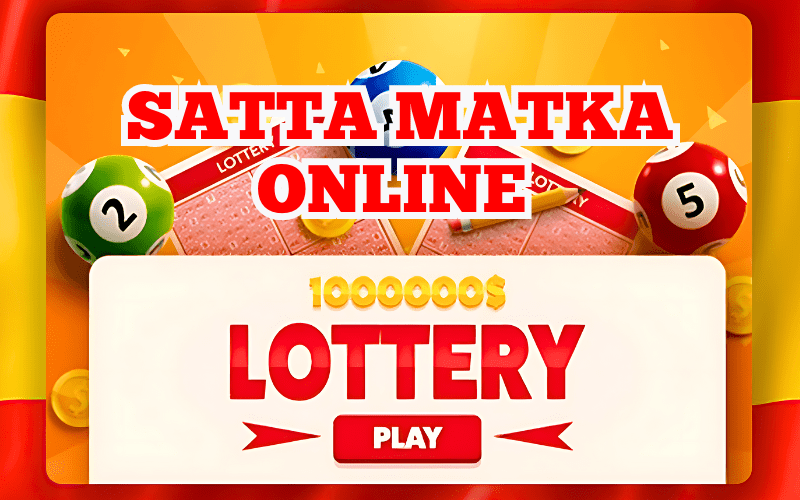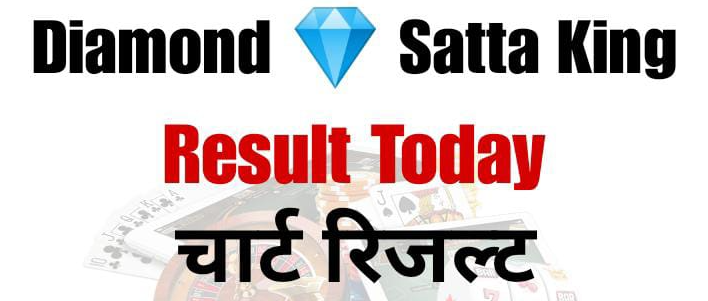Satta Lottery is a form of number-based gambling that has deeply rooted cultural significance in various parts of India. Popularly known as Satta Matka, it began in the 1950s when punters placed bets on the opening and closing rates of cotton transmitted from the New York Cotton Exchange. Over time, this evolved into a structured form of lottery where numbers are drawn randomly, and participants bet on specific number combinations in hopes of winning large sums of money.
Although gambling is legally restricted in many Indian states, Satta lottery still thrives underground and online due to its simplicity, promise of quick wealth, and deeply embedded presence in local communities.
History and Evolution of Satta Lottery
The origins of Satta Matka lottery lie in Mumbai’s textile mills. Workers would participate in the game to try their luck at changing their financial situation. Initially, it was a game played using slips of paper and clay pots (matkas) — hence the name “Satta Matka.”
In the 1970s and 1980s, legendary bookies like Ratan Khatri and Kalyanji Bhagat became iconic figures of the Matka world, creating different variants of the game, such as Kalyan Matka and Worli Matka. These versions introduced new rules, fixed timings, and higher stakes, giving rise to a massive underground economy that persists even today.
How the Satta Lottery Works
The Satta lottery game is straightforward but intriguing. Here’s a basic breakdown of how it works:
- Number Selection: Players choose numbers from 0 to 9. These numbers form different combinations.
- Matka Draw: A random number is drawn from a matka, usually twice a day — one for the opening and one for the closing.
- Winning Combination: The winning numbers are declared and compared to the bets.
- Payouts: Winners receive payouts based on the odds offered by the bookie or the online platform.
There are various types of bets, including single, jodi (pair), panna (three-digit) and more. The complexity of bets increases with the potential winnings.
Popular Satta Lottery Variants
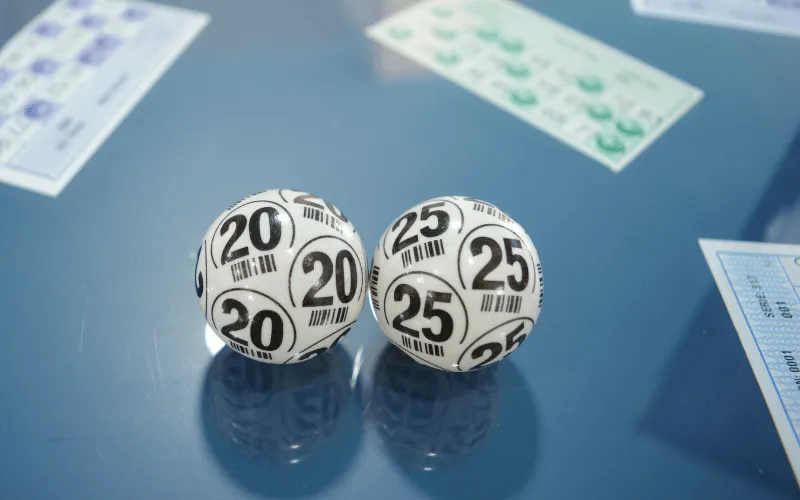
Satta Matka has diversified into several well-known markets, each with unique rules and timings. Some of the most prominent include:
- Kalyan Matka: One of the oldest and most trusted versions, started by Kalyanji Bhagat.
- Mumbai Matka: Highly popular in Maharashtra and Mumbai suburbs.
- Gali and Disawar: Popular in North India, especially in Delhi and UP regions.
- Rajdhani Day/Night: Known for its specific timing draws and large player base.
These variants offer daily draws and results, which are now easily accessible through dedicated websites and mobile apps, keeping the game’s popularity alive.
Is Satta Lottery Legal in India?
The legal status of the Satta lottery in India is a gray area. According to the Public Gambling Act of 1867, gambling is largely illegal in India. However, this law is outdated and has led to inconsistent enforcement across states.
Some states like Goa and Sikkim allow certain forms of betting under regulatory frameworks. However, Satta Matka and similar lottery games remain illegal in most parts of India, making their operation underground and often managed by syndicates or unlicensed individuals.
Despite the risks, millions continue to participate daily due to the allure of instant wealth.
Online Satta Lottery: The Digital Shift
In recent years, Satta lottery has moved online, with hundreds of websites offering virtual Matka betting platforms. These sites offer:
- Real-time Results
- Live Chat with Bookies
- Online Transactions
- Customer Support Services
However, many of these sites operate without regulation, posing risks of fraud, identity theft, and non-payment. It’s important to be cautious and verify credibility before participating in online Matka betting.
Why Do People Play the Satta Lottery?
Despite its illegal status, millions play Satta lottery daily. Here are the primary motivations:
- Financial Desperation: Many participants belong to economically weaker sections seeking a breakthrough.
- Entertainment: For some, it’s a thrill-based pastime.
- Peer Influence: Communities and peer groups often introduce new players to the game.
- Quick Money: With minimal investment, there’s a chance to win 10x to 90x returns on bets.
This high-risk, high-reward formula keeps players engaged even in the face of legal consequences.
Risks and Dangers of Satta Lottery
While the Satta lottery may appear glamorous, it comes with serious risks:
- Addiction: Similar to other gambling forms, Satta can become highly addictive.
- Financial Ruin: Losses often outweigh gains, leading to debt traps.
- Legal Action: Participation can lead to arrests and criminal records.
- Family and Social Impact: Many families suffer when the main breadwinner gets entangled in Satta.
It’s crucial to recognize these dangers and seek help if gambling habits spiral out of control.
Tips for Playing Responsibly (If You Must)
While we do not endorse illegal gambling, if someone chooses to play, consider these tips:
- Set a Strict Budget: Never wager more than you can afford to lose.
- Avoid Chasing Losses: Accept losses as part of the game.
- Use Reputable Sites: If going online, use platforms with verified reviews and payment security.
- Know the Rules: Each Matka market has different timings and odds — learn before you play.
- Seek Help: If you notice compulsive gambling behavior, contact a counseling helpline immediately.
The Future of Satta Lottery in India
With India’s digital economy expanding and increased scrutiny over online platforms, the future of Satta lottery lies in one of two directions: regulation or elimination. There is growing pressure to legalize and regulate certain betting forms under strict controls, ensuring safety and transparency.
Until then, Satta Matka remains a high-risk venture, laced with both dreams and danger.


